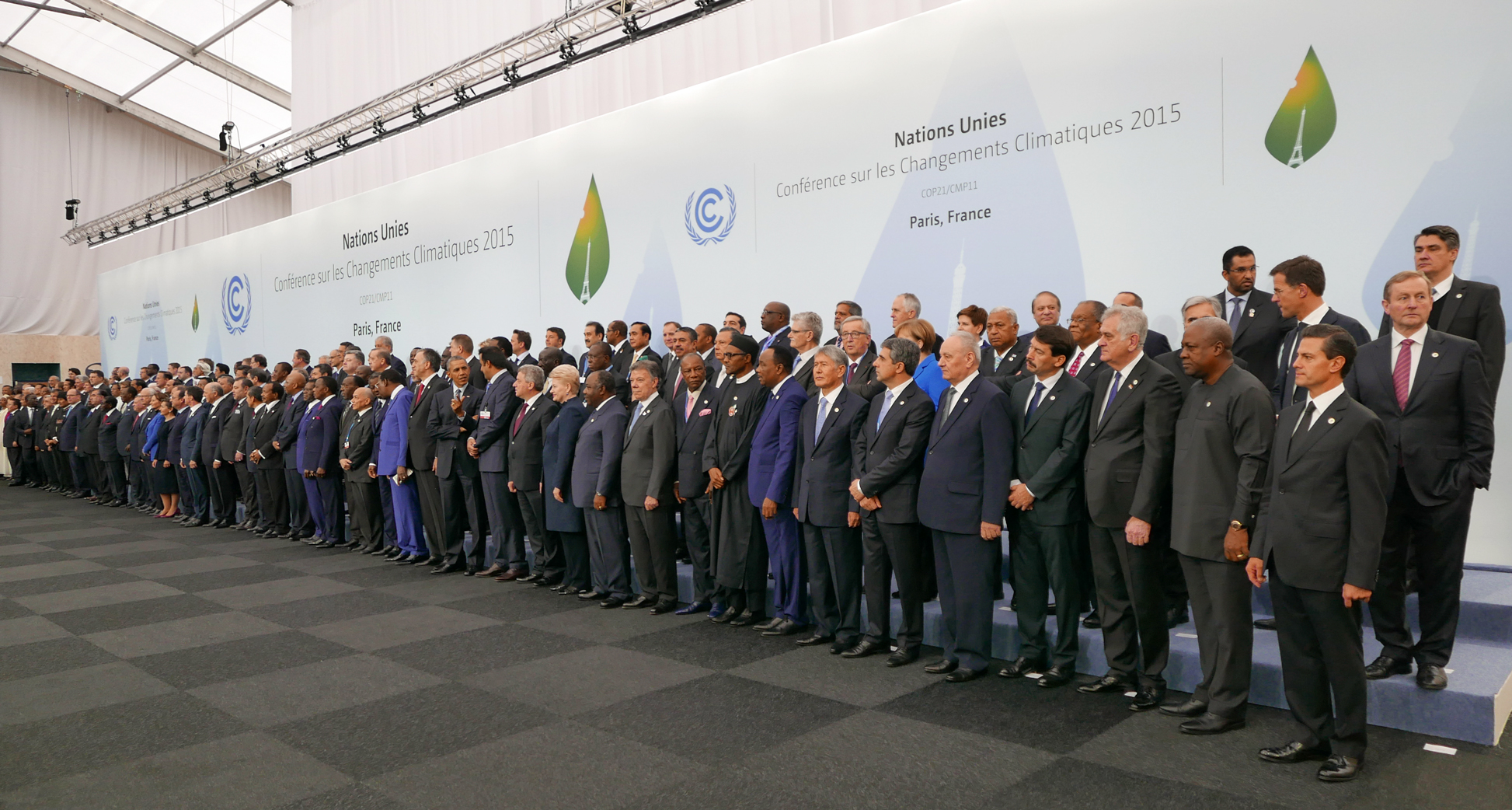
Paris and COP 21: Were the Soil Carbon Hopes Justified?
Few readers of this article probably had time to delve into the heavy press coverage coming out of Paris in early December. You were probably enjoying the October-like weather and getting a few more days of production out of your hoop house salad mix or spinach under row cover.
Early hopes for COP 21, a reference to the 21st annual “Conference of Parties” to the UN Framework Convention on Climate Change (UNFCCC) which concluded December 12 in Paris, were that the conferees – governmental delegates from countries around the world – would achieve a legally binding and universal agreement on climate, with the aim of keeping the increased temperature created by global warming below 2°C.
January 1, 2016 | Source: NOFA MASS | by Jack Kittredge
Few readers of this article probably had time to delve into the heavy press coverage coming out of Paris in early December. You were probably enjoying the October-like weather and getting a few more days of production out of your hoop house salad mix or spinach under row cover.
Early hopes for COP 21, a reference to the 21st annual “Conference of Parties” to the UN Framework Convention on Climate Change (UNFCCC) which concluded December 12 in Paris, were that the conferees – governmental delegates from countries around the world – would achieve a legally binding and universal agreement on climate, with the aim of keeping the increased temperature created by global warming below 2°C. Additionally, many nongovernmental groups (NGOs) studying this issue were hopeful that the growing body of information about the role soil can play in carbon sequestration would gain some official recognition in discussions which have been totally dominated by the issue of reducing emissions from fossil fuel use.
4 per 1000
A few weeks before the opening of the conference the French government had raised these hopes to a new level by announcing a “4 pour mille” initiative. The name refers to an annual increase of 0.4% (or 4 parts in a thousand) in carbon sequestered in soil that, if achieved worldwide, would result in the drawdown each year of enough atmospheric carbon to offset global emissions.
Typical of the response to this proposal among proponents of soil carbon sequestration was that of André Leu, president of the International Federation of Organic Agriculture Movements (IFOAM): “The ‘4 per 1000’ is a game-changer,” he said. “I’ve been engaged with climate negotiations since Copenhagen [COP 15 in 2009], and until now we couldn’t even get the word ‘agriculture’ in the agreements.”
But the Paris result has been a disappointment to many. Despite France’s efforts, many of the most offending nations did not sign onto “4 pour mille” initiative. Among the leading economies, missing are the United States, China, India, Brazil, Russia and Italy. See the 25 nation states and many others who signed on at http://4p1000.org/partners.
Part of the reason soil was not more prominent was that tens of thousands of representatives of NGOs, universities, companies and other groups – who were often the strongest proponents of the vital role soil can play in drawing down atmospheric carbon – were prevented from participating in the conference out of security concerns stemming from the Paris terrorist attacks the previous month. Before COP 21 even began almost 300 were arrested as their planned march was cancelled for security reasons at the last minute.
What really happened at the gathering was that the rich, industrial nations, as before, dickered with the less industrial, poor ones. The latter feel that the rich got wealthy by burning fossil fuels indiscriminately and now want to prevent the latter from doing so. They argue that the wealthy nations should bear the costs of the poor ones developing if they are to use expensive alternative energy sources to do so rather than cheap fossil fuels. The rich nations see some justice in this argument but want to be sure that any funds they provide the poor nations for this purpose are wisely spent. They finally agreed upon a complex 30-page plan which provides some of what each wants.
According to the December 12 New York Times: “The new deal will… cut global greenhouse gas emissions by about half enough as is necessary to stave off an increase in atmospheric temperatures of 2 degrees Celsius” which, according to the paper, is what scientists feel will lock the world into a future of “rising sea levels, severe droughts and flooding, widespread food and water shortages and more destructive storms.”
